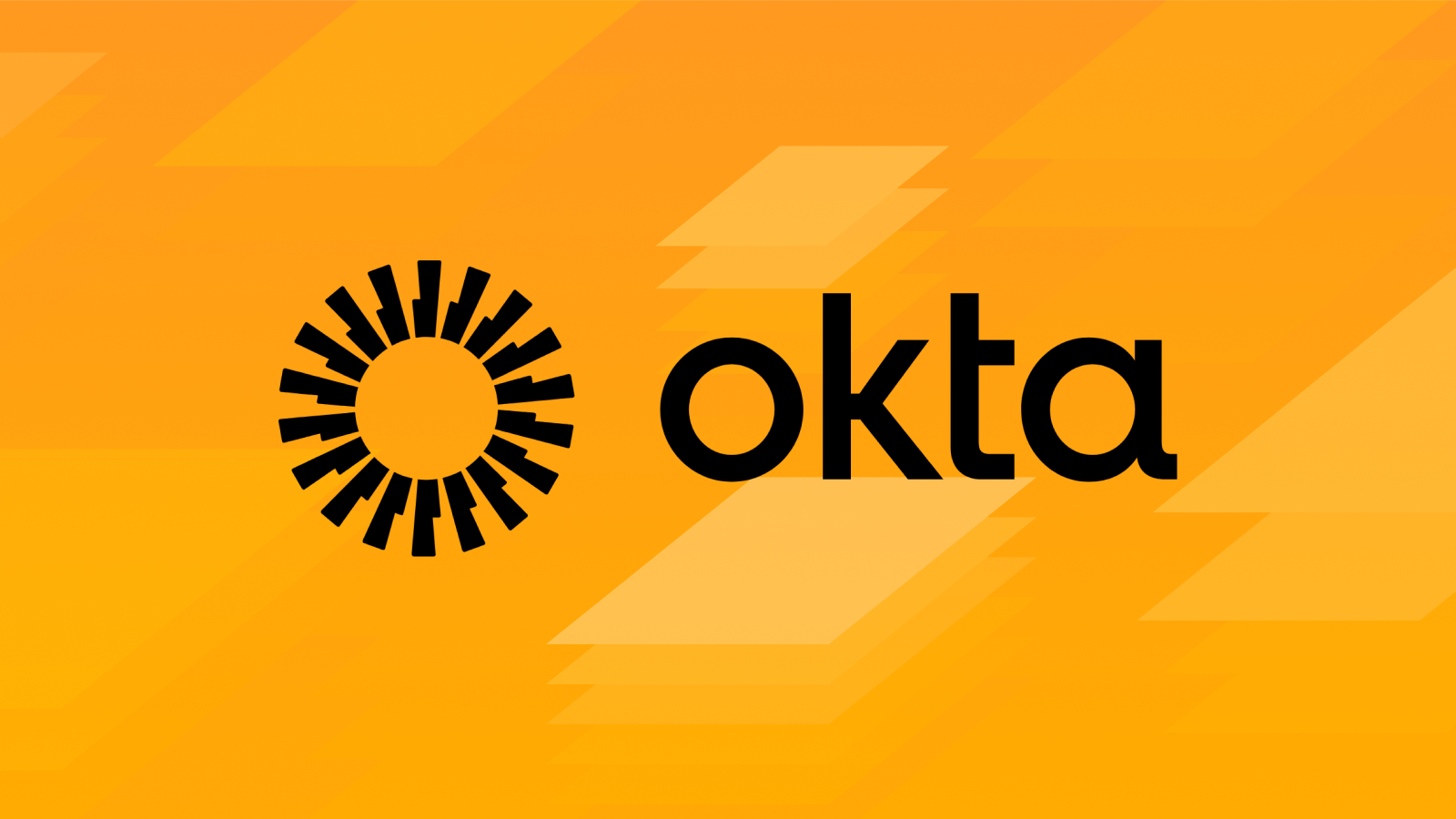The quarterly/annual review trap
The compliance checkbox mentality is huge here. SOX recommends periodic review? Cool, quarterly it is. It's easy to point to a standard and say "we follow industry best practices."
The other big driver is tooling limitations. A lot of legacy IAM systems make frequent reviews painful, so teams naturally gravitate toward "set it and forget it" schedules that minimize admin overhead.
Plus, access reviews absolutely suck - they're boring, time-consuming, and managers hate approving permissions they don't understand. So obviously teams want to do them as rarely as possible.
The thing is, security risks don't follow calendars.
- That disgruntled employee who just got PIP'd isn't waiting until the Q4 access review to cause problems.
- Your prod database doesn't get safer in March just because you checked it in December.
- And that contractor who left in February? Their access is sitting there for 10 months until your next annual review.
Worse, you're treating everything at the same risk level when it's not. Admin access to your Slack workspace and production database credentials aren't equally dangerous, so reviewing them on the same schedule expands your attack surface.
And by the time your quarterly review rolls around, half your access list is stale and you've had months of unnecessary exposure. Managers end up rubber-stamping permissions because IT just dumped 200 items on their lap.
In short, quarterly/annual reviews are built for admin convenience, not actual security.
Match your access review schedule to your risk profile
The right frequency depends on your actual risk exposure and how your team works, not arbitrary timelines. Your access review schedule should combine the following.
For your most critical stuff - do reviews every 30-60 days if:
- You don't have monitoring tools watching things automatically
- You handle PII and financial data that's heavily regulated
- People have admin access that can break everything
- Your IT team has high turnover and people keep leaving
Critical systems are the ones that will absolutely wreck your company if someone gets in who shouldn't. Samples:
- Privileged admin accounts (domain admin, database admin, root access)
- Payment processing systems
- Active Directory/domain controllers
- Financial/accounting systems
- Production application servers
- Code repositories (GitHub, GitLab)
- AWS/Azure/GCP admin consoles
- Kubernetes production clusters
- API gateways
- CI/CD deployment pipelines
- Backup and recovery systems
One breach and you're dealing with lawsuits, fines, and customers fleeing.
Regular business systems - every 6 months.
Your email, file shares, CRM tools. These matter but won't kill your business if someone gets unauthorized access. The problem is these systems collect permissions like lint - people get added but never removed when they change jobs.
Low-risk stuff - once a year.
Training platforms, old archives, basic shared folders. Yeah, they can be stepping stones for attackers, but they're not your crown jewels.
Automation and User Access Review Scheduling
Manual workflows can break even the best access review schedules. They rely on people remembering, caring, and doing tedious work perfectly every time.
Automation fixes the human failure points:
- Sets up trigger-based reviews instead of arbitrary calendar dates. When someone changes roles, leaves, or joins - reviews start automatically.
- It also maintains continuous monitoring - flagging unusual access patterns or dormant accounts in real-time rather than waiting for quarterly reviews.
- Automation enforces consistent workflows - every review follows the same steps, uses the same approval criteria, and generates the same documentation
- Instead of guessing who needs what access, automation provides usage analytics - showing who actually uses their permissions and when. This eliminates the "better safe than sorry" mentality that leads to over-privileging.
- Automated systems track and escalate - if a manager doesn't complete their review within the deadline, it automatically notifies their supervisor and eventually revokes access by default.
- Manual reviews break down as organizations grow. Automation handles thousands of users with the same effort as dozens.
The fundamental shift: instead of periodic "access audits," you get continuous "access governance" - preventing problems rather than discovering them after they've created risk.
Automate Your Access Reviews with Multiplier
If you're already running Jira Service Management, you don't need to rip and replace anything. Multiplier plugs directly into your existing JSM environment and handles the entire access review workflow automatically.
Instead of spending weeks collecting data and chasing approvals, your team gets automated reports, streamlined workflows, and audit-ready documentation. All integrated with the JSM instance you're already using.
Many of our customers see their review time drop by 80% in the first quarter.
Questions? Book a demo with our team to see Multiplier in action with your actual JSM data. No sales pitch – we'll just show you how it works and answer your technical questions.
Or skip the demos and dive right in. Install Multiplier from Atlassian Marketplace and start your free 30-day trial immediately.









